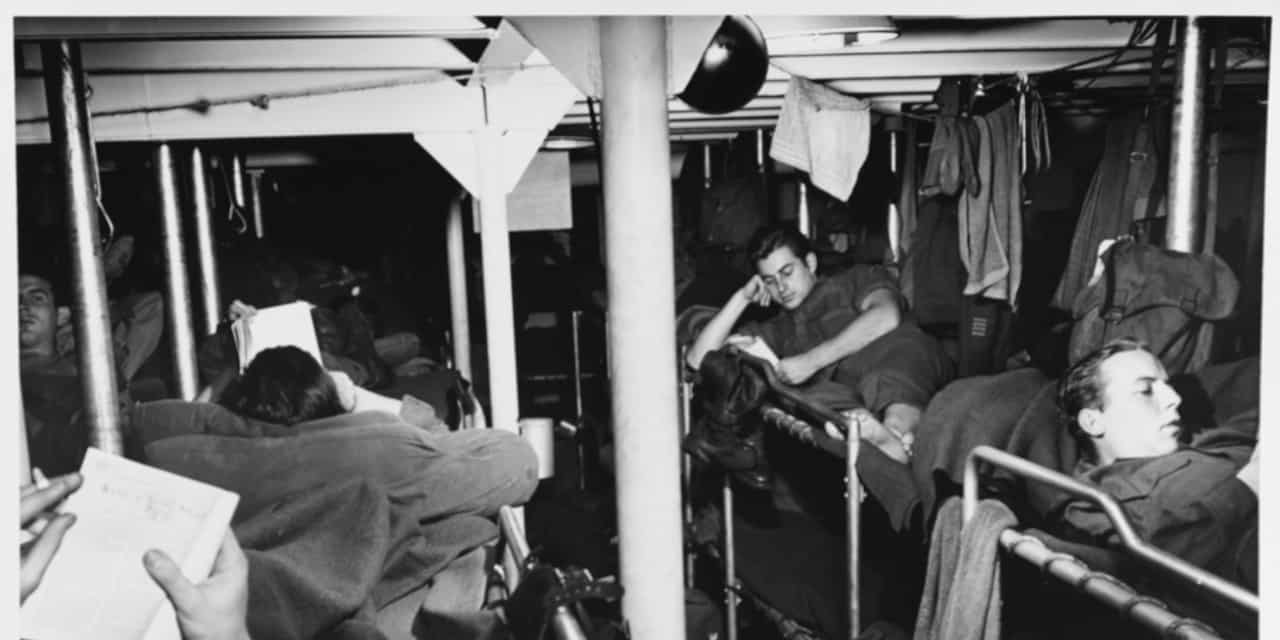During the months preceding the United States’ entry into World War II the inadequacy of the nation’s merchant fleet drew considerable concern. Under Lend-Lease, America committed itself to deliver an extraordinary amount of supplies and materiel to the Allies fighting Germany and (surreptitiously) the Chinese fighting Japan. American factories shipped railroad locomotives and railcars, trucks and other vehicles, tires, petroleum, and motorcycles. Foodstuffs, raw and processed, needed a means of conveyance to Europe and China. So did medicines, tobacco, clothing and textiles, communication cables, barbed wire, sheet steel, glass, coal, lumber, lubricating oils, and of course, munitions and other weapons of war. Once the United States entered the war the number of ships needed to transport the required supplies simply didn’t exist. The steadily growing number of ships lost monthly to German submarines presented a serious problem to Allied War Planners.

The British presented a design for a cargo ship which could be used in a variety of manners, with only slight modifications for specific roles. Built in American shipyards, from sections built in factories across the country, a new and decidedly ugly vessel emerged in the summer of 1941. American President Franklin Roosevelt attended the launch of the first, SS Patrick Henry, in September. In his remarks, FDR mentioned the role the ships would play in bringing liberty to war-torn Europe. The new class of ships thus earned their designation of Liberty ships. By the end of the war, American shipyards produced 2,710 vessels, making it the largest class of any ship design in history. They served in all theaters of the war, in a wide variety of roles, some decidedly unusual. Here is the story of the Liberty ships of the Second World War.

